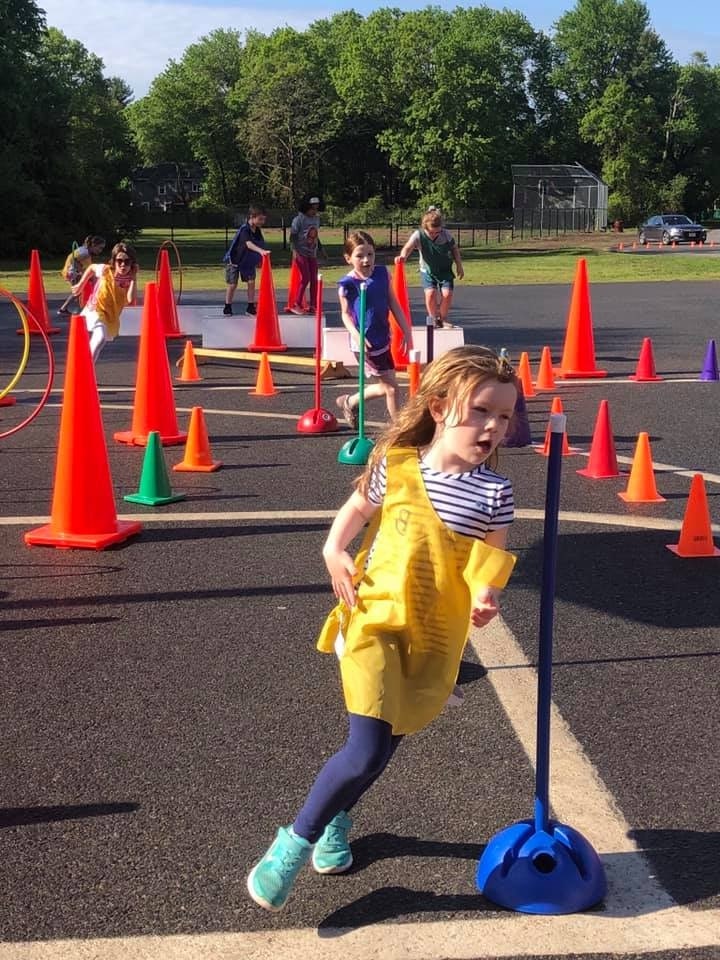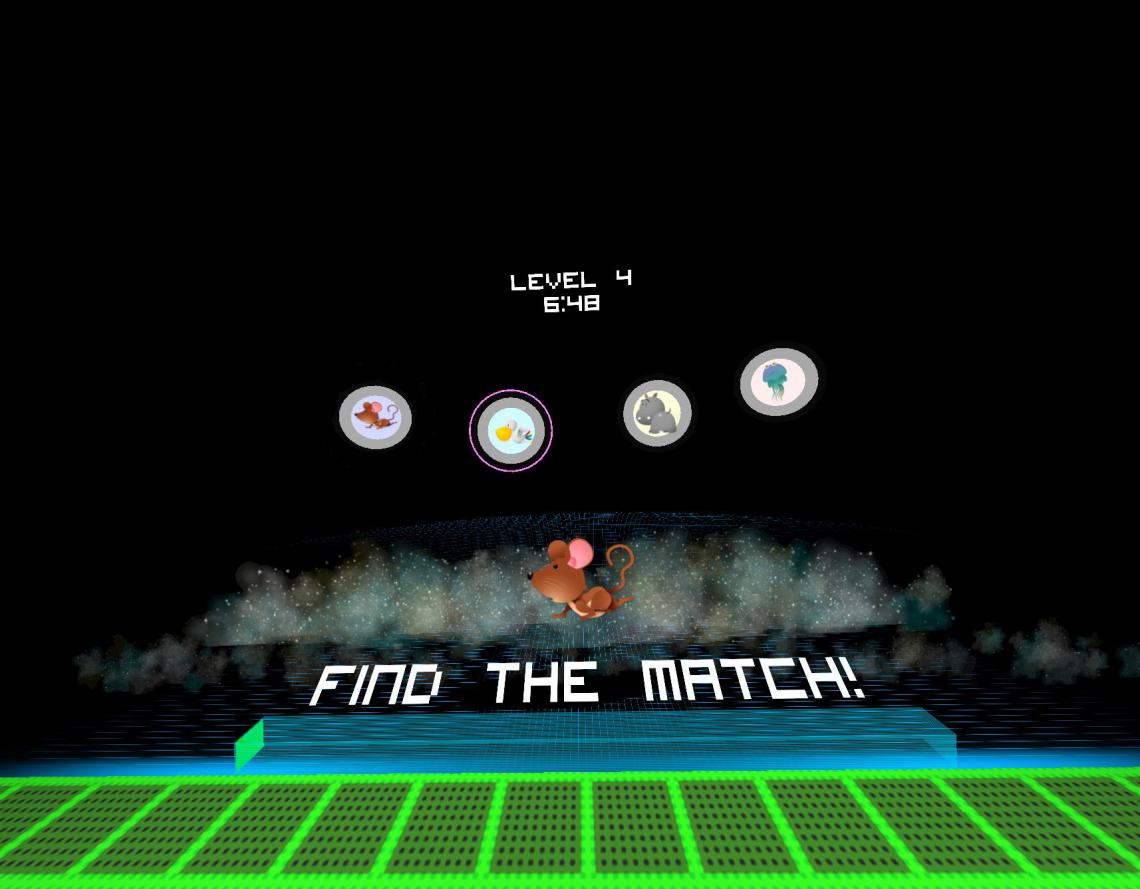Visual Processing
Visual processing speed allows one to quickly interpret visual information and make split-second decisions. Visual processing can be thought of as 'visual reaction speed'. Visual processing speed allows one to keep up with the pace of the class, engage in sports and be a safe driver. Poor visual processing abilities require one to slow down and have repeated presentations to understand visual concepts.
The brain, not the eyes, processes the visual world, including things like symbols, pictures, and distances. This type of processing challenge involves trouble with processing information the eyes see. If a person with visual processing issues is reading a book, he may have trouble processing the words he "sees" on a page. That may be why some people confuse visual processing issues and dyslexia.
These visual processing concepts are broken into 8 categories that are incorporated individually or together in a typical vision therapy session.
-
Visual Discrimination:
the ability to be aware of the distinctive features of forms, including shape, orientation, size, and color. Good visualization helps keep us from getting confused. For example, visual discrimination allows a person to see the word "was" and "saw" are different even though they have the same letters.
Some common activities to include are with the basics such as sorting for one or two attributes or sort different sized blocks by color, shape, and size. A more advanced sorting objects of many different attributes and determining differences between letters and numbers. Games to play; dominoes, sorting coins, or bingo with picture cards.
-
Visual Spatial Orientation:
Many educators consider letter reversals after the age of seven to be a symptom of dyslexia. While this can be true, the most common cause of reversals among older children is the lack of visual-spatial development and not knowing their relationship to their own bodies or in the real world around them. The concept of laterality and directionality is hard.

Obstacle courses are a great way to learn about ourselves in our environment and how others move around us.
-
Visual Spatial Relations:
the ability to understand directional concepts that organize external visual space. These skills allow a person to develop spatial concepts, such as right or left, front or back, and up or down as they relate to the body and to objects in space. A visual spacial deficit may contribute to poor athletic performance, challenges with rhythm, lack of coordination and balance, letter reversals such as b and d's. There is also a tendency to work with one side of the body compared to using laterality or both sides.
-
Visual Form Constancy:
the ability to recognize objects as the change in shape, size, or orientation. Individuals may struggle to identify objects when turned in a different direction or viewed from a different point in space. Individuals may fail to recognize words they know that are presented in a different manner, like a book or on the board in school.
Many visual processing attributes are incorporated into our daily life that we learn as a child. There are several simple games and activities that will make the process fun as we learn. Building with Lego pieces or standard blocks is a great way to help kids learn to manipulate objects visually and be able to imagine them in new positions.
-
Visual Figure Ground:
the ability to distinguish an object from a busy background. Individuals with poor figure-ground are easily frustrated or overwhelmed on a page with a lot of words. The person simply gets lost in the details.
-
Visual Closure:
the ability to recognize a complete feature from a fragmented piece like in a puzzle. This skill helps individuals read and comprehend quickly, the eyes do not have to individually process each word to quickly recognize the word by sight. Confusion of similar objects or words with close beginning and ending is common.
-
Visual Memory:
the ability to retain information over a period of time. This type of memory is for the immediate recall of given characteristics of a given object or form. Individuals with poor visual memory struggle with comprehension, softly whisper to themselves as they read in order to help compensate auditorially, difficulty in what a word looks like, and take longer to copy text. Play word games such as hangman, word searches, memory flashcards or crossword puzzles. It can be as easy to talk about your day with your child and then recall each other’s events
-
Visual Sequential Memory:
the ability to remember forms letters or characters in the correct order. This skill is important in spelling. Letter omissions, additions are common for those who struggle with this skill. Recognizing and remembering patterns may also be a problem.
How are visual processing skills assessed?
A behavioral optometrist will conduct a visual processing assessment prior to the start of a vision therapy program. The visual processing assessment is a specific, age-appropriate, research-based test used to identify how an individual perceives and processes visual information. Diagnosing the 8 specific visual processing categories allows a treatment plan to be prescribed, then successfully treating the vision disorder and also working on low visual processing skills.
The vision therapist or behavioral optometrist will introduce vision therapy tools, games and/or activities for an individual to incorporate along with their vision therapy program.

Designated Vivid Vision game Flash Match; visual processing game showcasing visual discrimination.
Resources
https://www.understood.org/en/learning-attention-issues/child-learning-disabilities/dyslexia/the-difference-between-dyslexia-and-visual-processing-issues https://www.yourtherapysource.com/blog1/2018/07/02/visual-discrimination-activities-for-children/ https://www.brainbalancecenters.com/blog/visual-processing-explained-visual-form-constancy
The Vision Wiki
- Binocular Vision
- Vision Tests
- Suppression Tests
- Worth 4 Dot
- Tests of Stereopsis
- Cover Test
- Definitions
- Signs and Symptoms
- Blurry Vision
- Reading Problems
- Eye Strain
- Driving Problems
- Headaches
- Suppression
- Double Vision
- Motion Sickness and Car Sickness
- Pias Vision
- Visual Skills
- Visual Tracking
- Visual Fixation
- Stereopsis
- Depth Perception
- Visual Accommodation
- Visual Requirements for Baseball
- Visual Requirements for Pilots
- Reading
- Foundational Reading Skills
- Vision and Learning
- Fusion
- Convergence and Divergence
- Reading Skills
- Visual Processing
- Eye Problems
- Physiology of Vision
- Lazy Eye
- Lazy Eye Treatments
- Reading
- Fields of Study
- Research
- Glaucoma
- Virtual Reality
- Organizations
